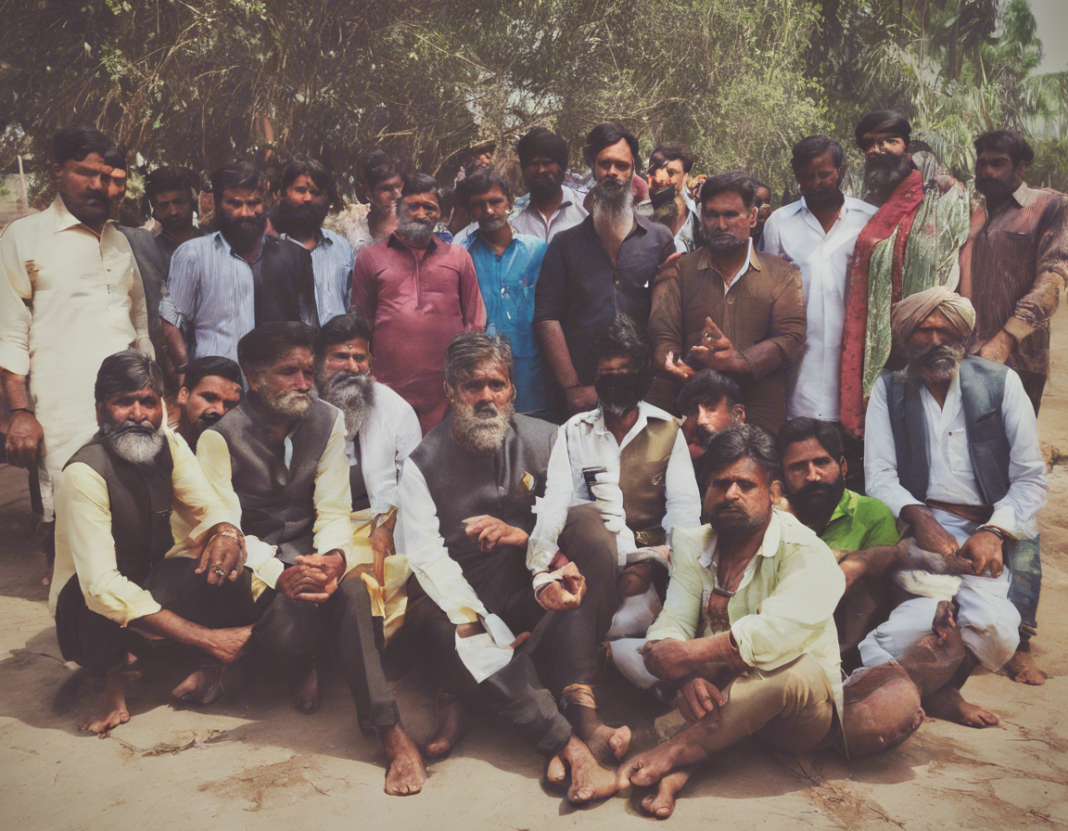The Rawal caste holds a significant place in the social fabric of India. With a rich cultural heritage and unique traditions, the Rawal community has contributed to shaping the cultural landscape of the country. In this article, we delve into the traditions of the Rawal caste, exploring their customs, rituals, social structure, and more.
History and Origins of the Rawal Caste
The Rawal caste has a long and storied history, with roots that can be traced back to ancient times. The community is believed to have originated from the Rajput clan and is primarily found in the states of Rajasthan, Gujarat, and Madhya Pradesh. Rawals are known for their valor and courage, traits that are deeply rooted in their historical lineage.
Social Structure and Community Dynamics
Within the Rawal community, there exists a well-defined social structure that governs various aspects of life. The caste system plays a pivotal role in shaping social relationships and interactions among Rawal individuals. Hierarchical in nature, the Rawal society is divided into different subgroups based on occupation, lineage, and regional affiliations.
Customs and Traditions
Rituals and Ceremonies
1. Weddings: Rawal weddings are elaborate affairs that are marked by traditional customs and rituals. From the engagement ceremony (sagai) to the wedding ceremony (vivah), each ritual holds special significance in uniting the bride and groom in holy matrimony.
2. Festivals: Festivals hold a prominent place in the Rawal community, serving as occasions for celebration and togetherness. Events such as Diwali, Holi, and Navratri are celebrated with great enthusiasm and fervor, bringing together family members and friends.
Cuisine and Culinary Practices
The Rawal community has a distinct cuisine that reflects their cultural heritage and regional influences. From hearty dal bati churma to flavorful gatte ki sabzi, Rawal cuisine is a delightful fusion of flavors and textures that are deeply rooted in tradition.
Religious Beliefs and Practices
Worship and Devotion
Religion plays a crucial role in the lives of Rawal individuals, with most members of the community adhering to Hinduism. Temples and sacred sites hold a special place in the hearts of Rawal devotees, serving as places of worship and spiritual solace.
Spiritual Significance
Spirituality forms an integral part of Rawal beliefs, with a deep reverence for nature and divine beings. Practices such as meditation, prayer, and pilgrimage are common among Rawal individuals, reflecting their deep-rooted spiritual beliefs.
Cultural Contributions and Influences
The Rawal community has made significant contributions to the cultural landscape of India, with their art, music, and literature reflecting the rich heritage of the caste. Folk music and dance are integral to Rawal traditions, showcasing the vibrant and colorful cultural tapestry of the community.
FAQs about the Rawal Caste
1. What is the significance of the Rawal caste in Indian society?
The Rawal caste holds a prominent place in Indian society, known for their valor, cultural heritage, and contributions to the country's rich cultural landscape.
2. How are Rawal marriages solemnized?
Rawal marriages are solemnized through a series of rituals and ceremonies, including sagai (engagement) and vivah (wedding), which are marked by traditional customs and practices.
3. What are some common festivals celebrated by the Rawal community?
The Rawal community celebrates festivals such as Diwali, Holi, and Navratri with great fervor and enthusiasm, showcasing their cultural traditions and togetherness.
4. What are the traditional dishes of the Rawal cuisine?
Rawal cuisine features dishes such as dal bati churma, gatte ki sabzi, and other flavorful delicacies that are a reflection of the community's culinary traditions and regional influences.
5. How do Rawal individuals practice their religious beliefs?
Rawal individuals practice their religious beliefs through worship, devotion, and spiritual practices, with a deep reverence for temples, sacred sites, and spiritual rituals.
In conclusion, the Rawal caste stands as a testament to India's rich cultural tapestry, with its traditions, customs, and social dynamics reflecting a deep-seated heritage that has withstood the test of time. From their historical lineage to their vibrant cultural contributions, the Rawal community continues to enrich the cultural diversity of the country, embodying the essence of tradition and legacy.

